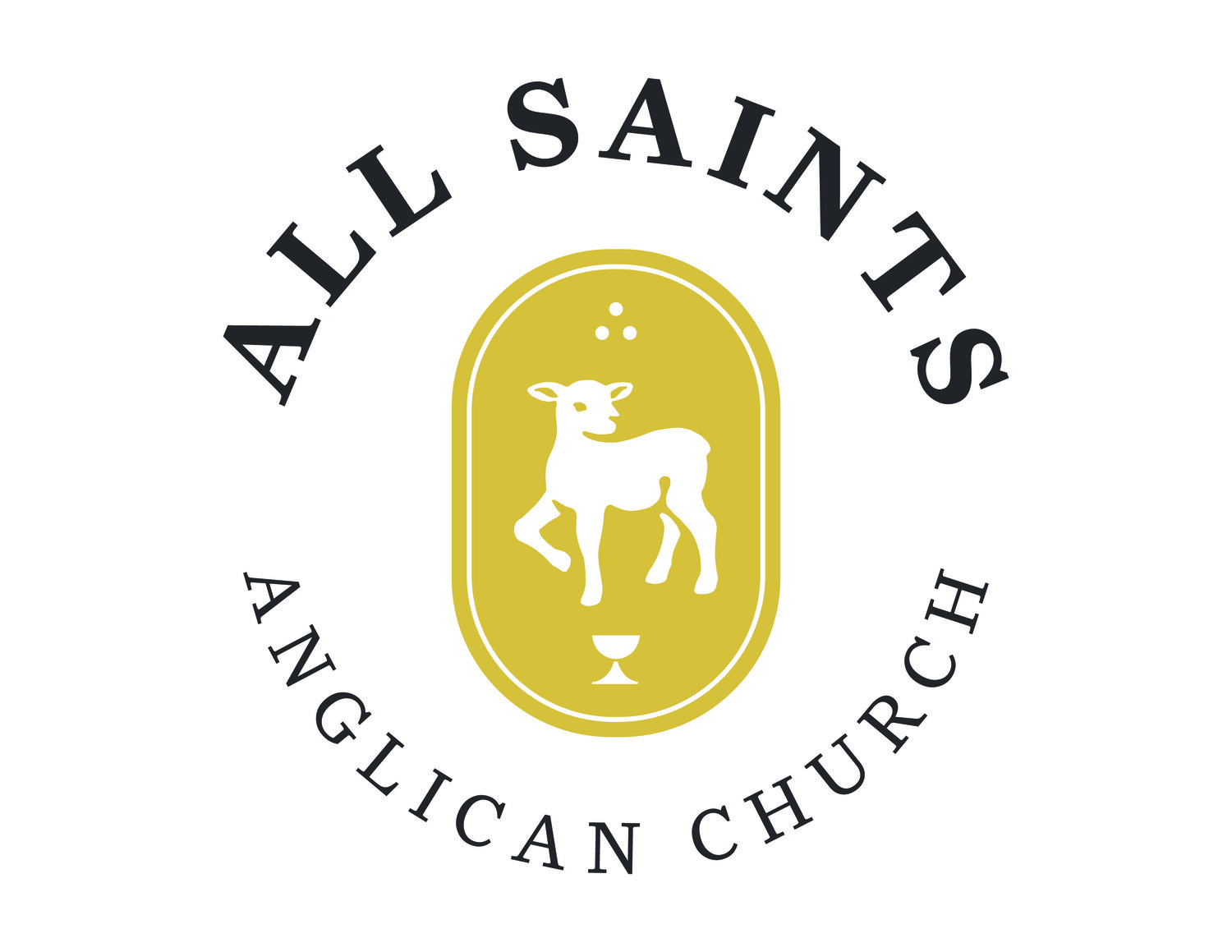A moderately updated blog post from a while back
In the Church’s calendar there exist a set of feast days in which Mary, the mother of Our Lord, plays a leading role. And while among this number there are those that vary from tradition to tradition (Lutheran, Roman, Eastern, etc.) a solid handful are so ecumenical, so “everywhere-by-everyone-in-every-age”, that the burden of proof lies on those who would contest their place in Our Calendar.
These are, in order of their temporal sequence: Candlemas (Feb. 2), Annunciation (March 25), Visitation (May 31), Mary’s Day (Aug. 15), the Nativity of Mary (Sept. 8).
This Tuesday is the Feast of the Annunciation —the annual celebration of the day, nine months prior to Christmas, that the angel Gabriel came to Mary to announce the conception of the infant Christ in her womb. We confess in the Creeds and in the words of the eucharistic liturgy that Christ became incarnate by the Holy Spirit in the womb of the virgin Mary and yet we often fail to marvel at the wonder of this. For it is not as if Christ was merely born Christ was conceived —The second Person of the Godhead not only underwent mammalian birth but also mammalian gestation. Oh the long-suffering patience and obedience of the Son to submit to fulfilling the whole span of human experience!
What I’d have us consider for a moment as we approach the Feast is the way is models the way the world is, the whole purpose the world is for. The cosmos is always ever liturgically oriented. In the Beginning God speaks his Word and says “let there be light” and light responds by being the thing God spoke. To exist is to exist liturgically: God says “another day” and another day arrives, God says “Mark Brians” and I respond by being me.
Over two thousand years ago God spoke the Word of his Son Jeus, who is the Word of God, into the womb of a Virgin from Nazareth who was betrothed to a man named Joseph and creation received the gift of the Word.
We each find ourselves like Mary, having received the Word of God by his grace. And that grace is not something merely additive —strange or severely foreign or necessitated by sin alone. No. Ever nature-ward is the influence of grace, and always Grace’s direction is the movement of nature. Creation is itself a gift, a grace, and always creation longs (“groans” as in Rom.8:22-23) towards Grace. Mary’s body was always made to bear the Son of God.
Tomorrow we remember the Story of the Lord and we see with particular brightness the way in which the Lord incorporates us into His Story. Just like He incorporated Mary into his story. These days we re-discover with a joy —a joy at once startlingly ice-cold and rapturously warm— that we are something more than an audience of God’s grace, and something more than an object of God’s grace, we are also participants in the drama of God’s grace. Like Mary, he is not merely content to tell us His Story, He writes His Story in and through and among us. Our lives become His, just as His Life becomes ours.
On these days, there is a tradition of vesting in blue —the traditional color of Mary. In so vesting we proclaim with Mary, “I am the Lord’s handmaiden […] let it be done to me according to your word” (Lk. 1:38). We wear blue too —along with the tablecloths, stoles, and paraments— and make the same proclamation. The Word of God has come to us, also; the Spirit has overshadowed us, also; a Son has been born to us, also.
So vest in blue, you servants of the Lord, this Saturday and feast with gladness, for Christ has made his home in you too. Amen.


